Routes of Interaction (Gerlach, Iris; Raue, Dietrich; Schütt, Brigitta)
Interregional Contacts between the Northern Horn of Africa and the Nile Region
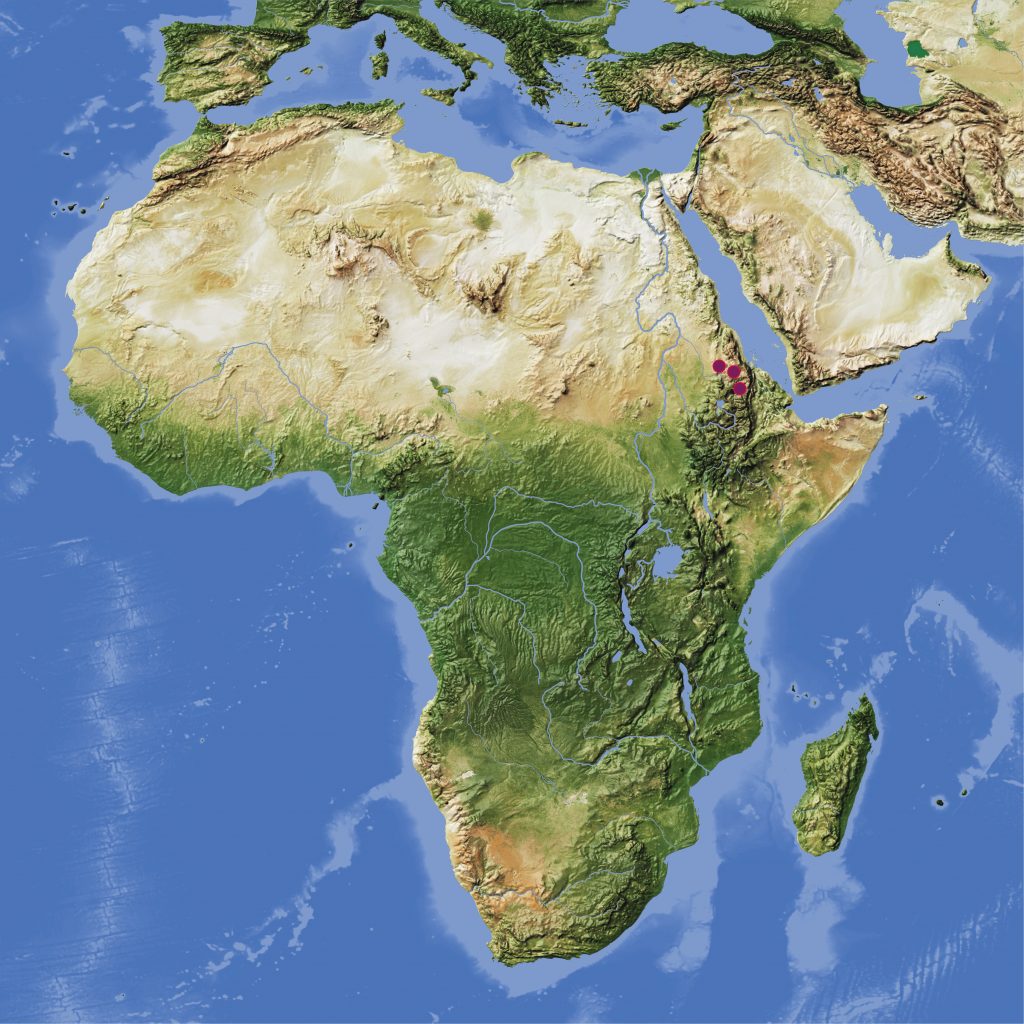
Michael Schmeling, licensed under CC BY 4.0 international, waterbodies © OpenStreetMap contributers, modification by Johanna Sigl
Project description
The aim of the project is to investigate various forms of mobility and routes of interaction between the highland cultures of the northern Horn of Africa and the cultures of the middle Nile River, the north-eastern Sudanese Gash Delta, as well as parts of Egypt. The objective is to clarify to what extent the intra-African exchange of populations, ideas and objects contributed to the development of Ethiopian highland cultures, and at the same time to ascertain the influence that the highlands had on the Sudanese-Egyptian Nile valley and the Gash Delta. The chronological framework extends from the 2nd to the early 1st millennium BC. For this timespan transregional, intra-African contacts between the regions are attested in different categories of archaeological material as well as in Sudanese-Egyptian written sources. In addition, this period concurs with the beginning of the formation of complex societies in the northern Horn of Africa. One focal point of the project is the reconstruction of settlement patterns and communication routes in the Ethiopian highlands as well as in adjoining areas, extending as far as the Red Sea (Eritrea). The question as to why settlements were founded at a particular location cannot be answered by means of archaeological methods alone, but will be researched integrating physical geography and landscape archaeology. Therefore, an evaluation of the different lines of inquiry will proceed from comparative archaeological, historical and geographical perspectives. Another focus will be on investigating the relation between the location of ancient sites and interaction routes, based on Least-Cost path analyses, the occurrence of natural resources, the knowledge on palaeo-environmental conditions, and historical travelogues.
Transregional and long-distance associations will be revealed through classical methods of studying archaeological material (predominantly ceramics and artefacts made of obsidian), as well as scientific metallurgical analyses and examination of palaeozoological material. The aim is to determine and trace migration movements and flow of commodities – still extant in modern times – from a diachronic perspective, and to examine the interrelationship between strongly contrasting regions as a phenomenon of intra-African cultural development.
Project members
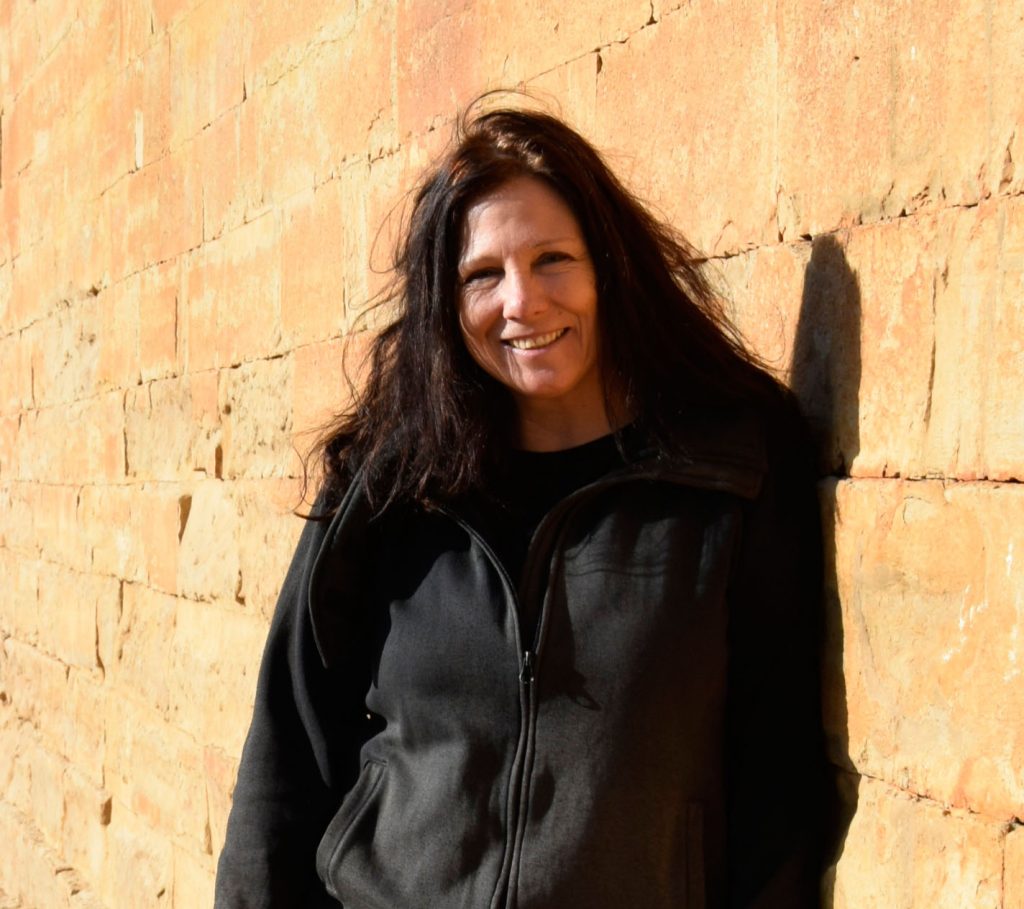
Dr. Iris Gerlach
Applicant/Project director
German Archaeological Institute / Orient Department / Sana’a Branch
iris.gerlach@dainst.de
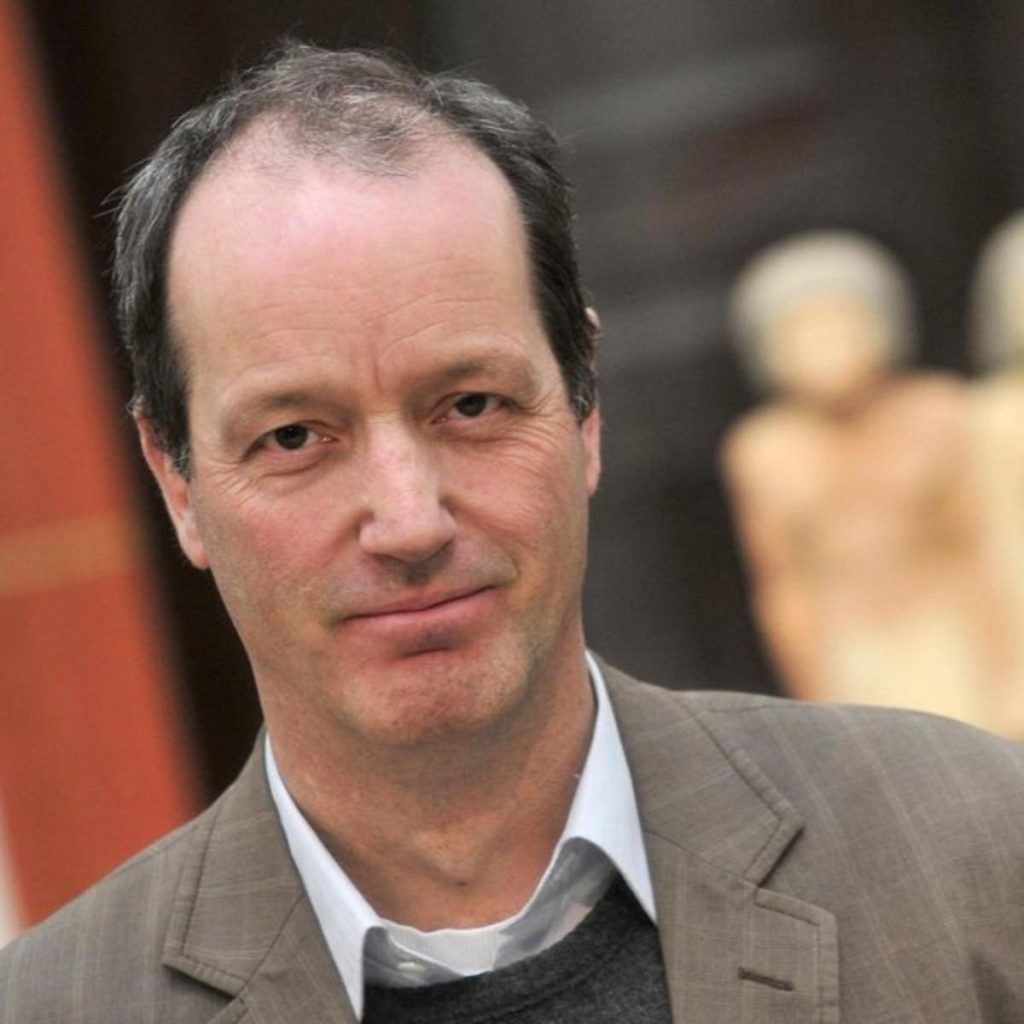
PD Dr. Dietrich Raue
Applicant/Project director
German Archaeological Institute / Department Kairo
dietrich.raue@dainst.de
Link:
DAI – Dietrich Raue
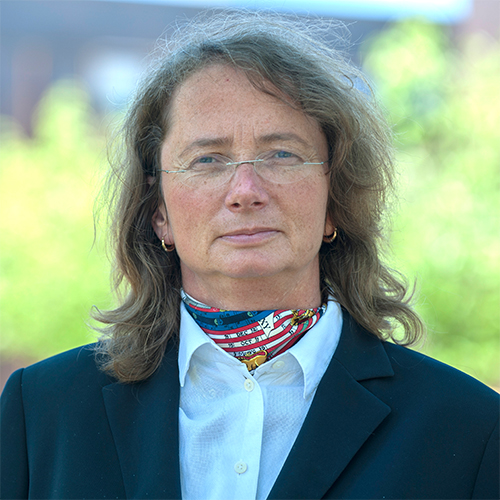
Prof. Dr. Brigitta Schütt
Applicant/Project director
Freie Universität Berlin / Institute for Geographical Sciences
Link:

Dr. Kristina Pfeiffer
Research fellow
German Archaeological Institute / Orient Department
kristina.pfeiffer@dainst.de
Research fellow
Freie Universität Berlin / physical geography
jacob.hardt@fu-berlin.de
Link:
https://www.geo.fu-berlin.de/geog/fachrichtungen/physgeog/mitarbeiter/jhardt
Posts

Report on SPP Entangled Africa Annual Meeting in Münster
Allgemein EN, P01 Prehistoric Axes EN, P02 Connecting Foodways EN, P03 InterLINK EN, P04 Lake Chad EN, P05 Landscapes EN, P06 DeGreening EN, P07 Routes of Interaction EN, P08 ClimCellMed EN, P09 Borrowed words EN, P10 Congo Basin EN, P11 FDM EN, P12 Coordination, P13 Tracing Connections EN![[Attribution: unknown; Copyright: not defined] D-DAI-KAAK-2024-JS-0063-PlanetAfrica_Eroeffnung_BER](https://www.dainst.blog/entangled-africa/wp-content/uploads/sites/11/2024/12/D-DAI-KAAK-2024-JS-0063-PlanetAfrica_Eroeffnung_BER-scaled-e1734001679313-247x163.jpg)
“Planet Africa” in the James Simon Gallery: Exhibition Opening and Press Reviews
Allgemein EN, P01 Prehistoric Axes EN, P02 Connecting Foodways EN, P03 InterLINK EN, P04 Lake Chad EN, P05 Landscapes EN, P06 DeGreening EN, P07 Routes of Interaction EN, P08 ClimCellMed EN, P09 Borrowed words EN, P10 Congo Basin EN, P11 FDM EN, P12 Coordination, P13 Tracing Connections EN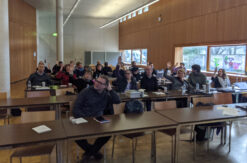
SPP Annual Meeting 2024 in Cologne
Allgemein EN, P01 Prehistoric Axes EN, P02 Connecting Foodways EN, P03 InterLINK EN, P04 Lake Chad EN, P05 Landscapes EN, P06 DeGreening EN, P07 Routes of Interaction EN, P08 ClimCellMed EN, P09 Borrowed words EN, P10 Congo Basin EN, P11 FDM EN, P12 Coordination, P13 Tracing Connections EN![[Attribution: ; Copyright: ] KAAK-SPP2143-TN-2023_Jahrestagung_Frankfurt_01-2022-8](https://www.dainst.blog/entangled-africa/wp-content/uploads/sites/11/2023/01/KAAK-SPP2143-TN-2023_Jahrestagung_Frankfurt_01-2022-8-247x163.jpg)
SPP Annual Meeting at the Goethe-University Frankfurt from 16th to 17th January
Allgemein EN, P01 Prehistoric Axes EN, P02 Connecting Foodways EN, P03 InterLINK EN, P04 Lake Chad EN, P05 Landscapes EN, P06 DeGreening EN, P07 Routes of Interaction EN, P08 ClimCellMed EN, P09 Borrowed words EN, P10 Congo Basin EN, P11 FDM EN, P12 Coordination, P13 Tracing Connections EN![[Attribution: J. Sigl; Copyright: Entangled Africa, KAAK] 2022-01-10_Teilnehmende07](https://www.dainst.blog/entangled-africa/wp-content/uploads/sites/11/2022/01/2022-01-10_Teilnehmende07-247x163.jpg)
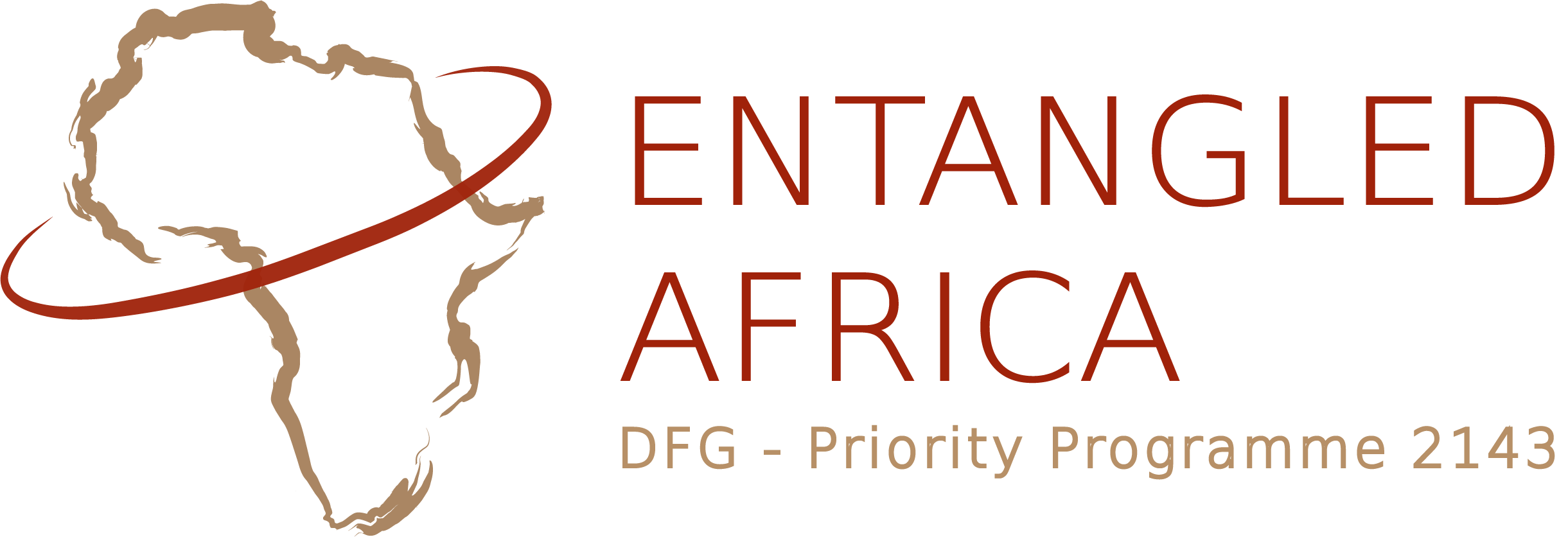
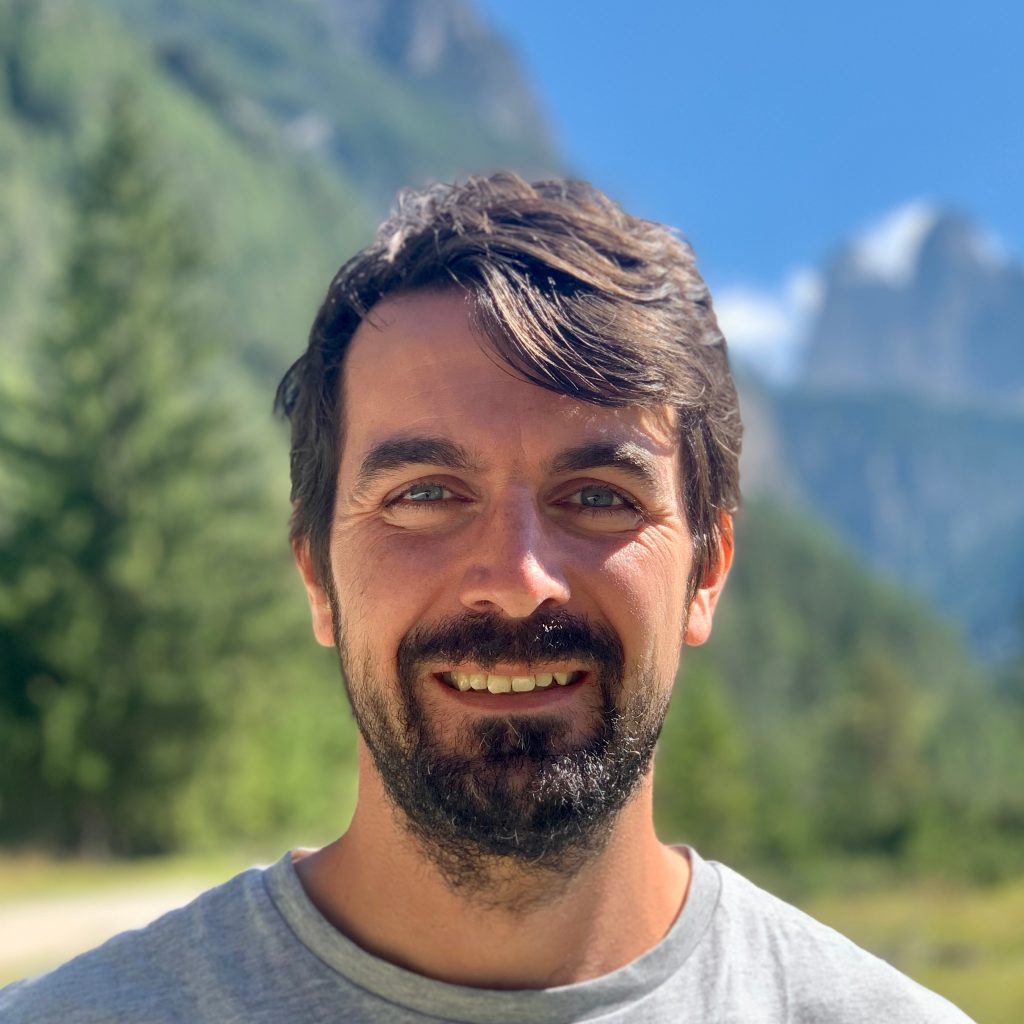
![[Attribution: unknown; Copyright: not defined] djibouti-2024-titleimage](https://www.dainst.blog/entangled-africa/wp-content/uploads/sites/11/2024/06/djibouti-2024-titleimage-247x163.jpg)
![[Attribution: unknown; Copyright: not defined] safa_logo](https://www.dainst.blog/entangled-africa/wp-content/uploads/sites/11/2023/07/safa_logo-247x163.png)
![[Attribution: ; Copyright: ] Figure2](https://www.dainst.blog/entangled-africa/wp-content/uploads/sites/11/2023/06/Figure2-scaled-e1686569900973-247x163.jpg)
![[Attribution: K. Pfeiffer; Copyright: K. Pfeiffer] Rama](https://www.dainst.blog/entangled-africa/wp-content/uploads/sites/11/2022/06/Aufmacherbild_Bericht-P07-247x163.jpg)
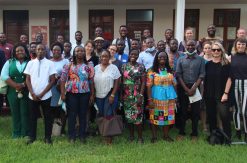
![[Attribution: unknown; Copyright: SAfA 2021] SAFA banner](https://www.dainst.blog/entangled-africa/wp-content/uploads/sites/11/2021/08/safa_banner_6_2021_von-Webseite-247x163.jpg)
![Daten & Folie: Mansour Mdawar, Projekt KlimZellMit [Attribution: J. Sigl; Copyright: KAAK] 2021-05-11_03](https://www.dainst.blog/entangled-africa/wp-content/uploads/sites/11/2021/06/2021-05-11_03-e1622808364550-247x163.jpg)
![[Attribution: A.-K. Bahr; Copyright: KAAK] SPP_Logo](https://www.dainst.blog/entangled-africa/wp-content/uploads/sites/11/2021/05/SPP_Logo-247x163.jpg)
![[Attribution: ; Copyright: ] HVU-09-0210 (HMD 20101117_C_006).jpg](https://www.dainst.blog/entangled-africa/wp-content/uploads/sites/11/2020/07/HVU-09-0210-HMD-20101117_C_006.jpg-247x163.jpg)
![[Attribution: ; Copyright: ] CFW_PH_200215_005b](https://www.dainst.blog/entangled-africa/wp-content/uploads/sites/11/2020/06/CFW_PH_200215_005b-247x163.jpg)
![[Attribution: ; Copyright: ] Foto (1)](https://www.dainst.blog/entangled-africa/wp-content/uploads/sites/11/2020/06/Foto-1-247x163.jpg)
![[Attribution: ; Copyright: ] Gual Kor-Nebri; S40; excavation area; trench](https://www.dainst.blog/entangled-africa/wp-content/uploads/sites/11/2020/02/Fig_1-247x163.jpg)
![[Attribution: ; Copyright: ] WAC_Prag_Titelbild](https://www.dainst.blog/entangled-africa/wp-content/uploads/sites/11/2020/01/WAC_Prag_Titelbild-247x163.jpg)
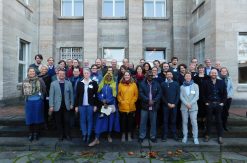
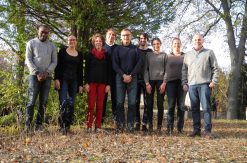
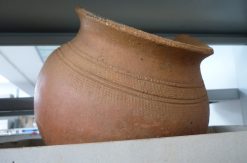
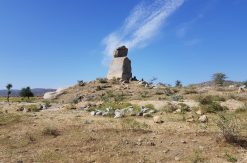
![[Attribution: unknown; Copyright: not defined] Screenshot 2023-11-06 at 09-50-21 Über die Zeitschrift Journal of Global Archaeology](https://www.dainst.blog/entangled-africa/wp-content/uploads/sites/11/2023/11/Screenshot-2023-11-06-at-09-50-21-Ueber-die-Zeitschrift-Journal-of-Global-Archaeology-247x108.png)
![[Attribution: unknown; Copyright: not defined] untitled](https://www.dainst.blog/entangled-africa/wp-content/uploads/sites/11/2023/07/ycaj20.v057-247x163.jpg)
![[Attribution: unknown; Copyright: not defined] page_1](https://www.dainst.blog/entangled-africa/wp-content/uploads/sites/11/2023/07/page_1-247x163.jpg)
![[Attribution: ; Copyright: ] Remote_sensing_logo](https://www.dainst.blog/entangled-africa/wp-content/uploads/sites/11/2021/05/Remote_sensing_logo-247x97.jpg)
![[Attribution: ; Copyright: ] Schuett_PLOSone](https://www.dainst.blog/entangled-africa/wp-content/uploads/sites/11/2021/02/Schuett_PLOSone-e1617191165568-247x163.jpg)
![[Attribution: ; Copyright: ] e-FB Rama neues Format](https://www.dainst.blog/entangled-africa/wp-content/uploads/sites/11/2021/03/e-FB-Rama-neues-Format-247x163.jpg)